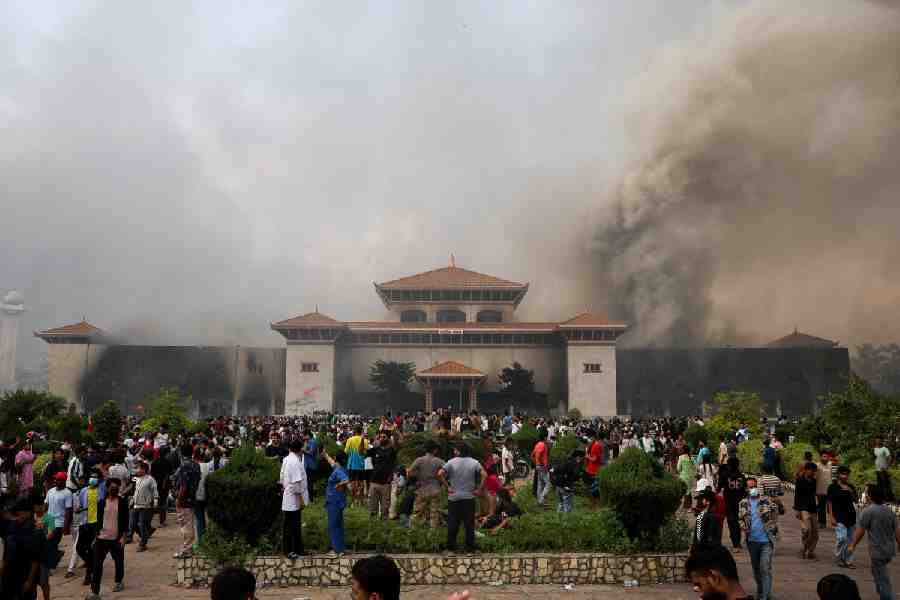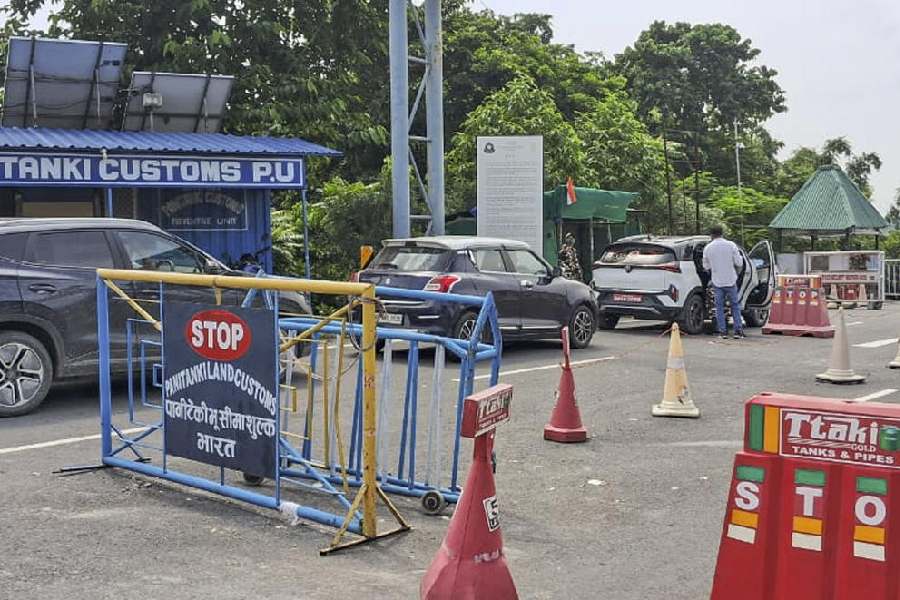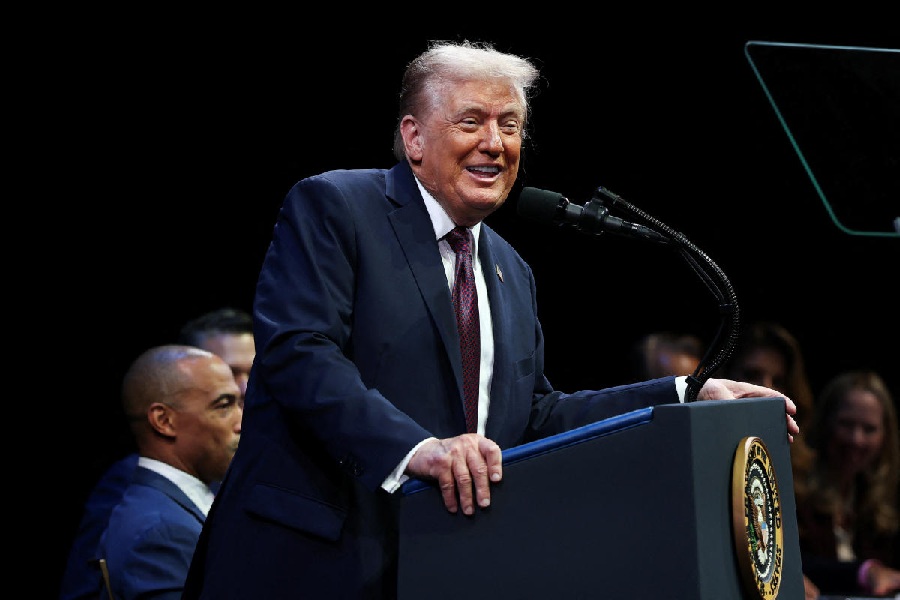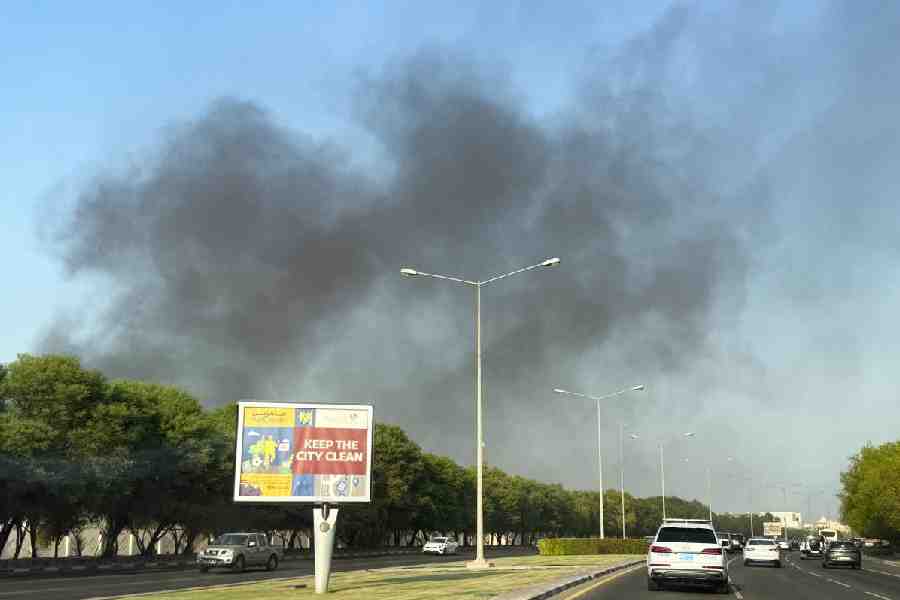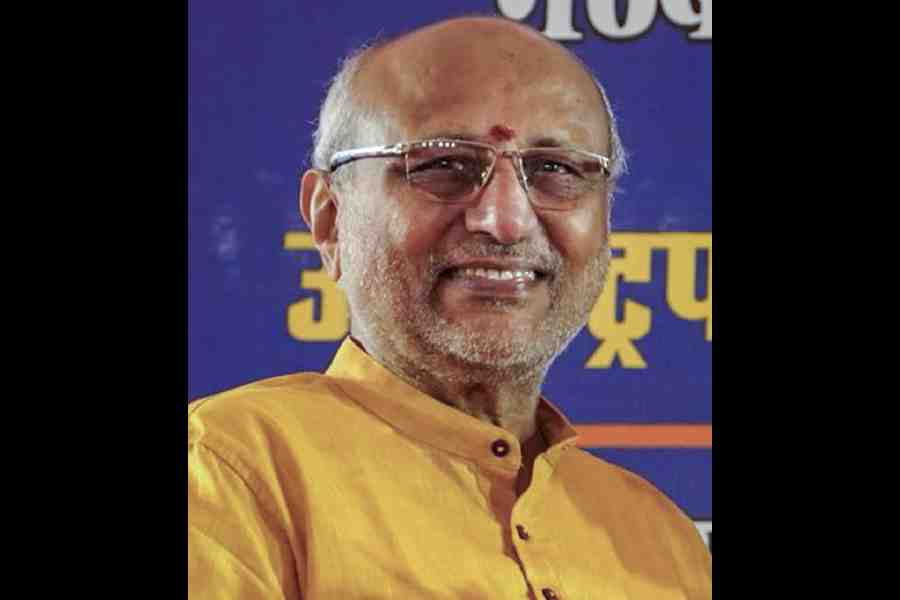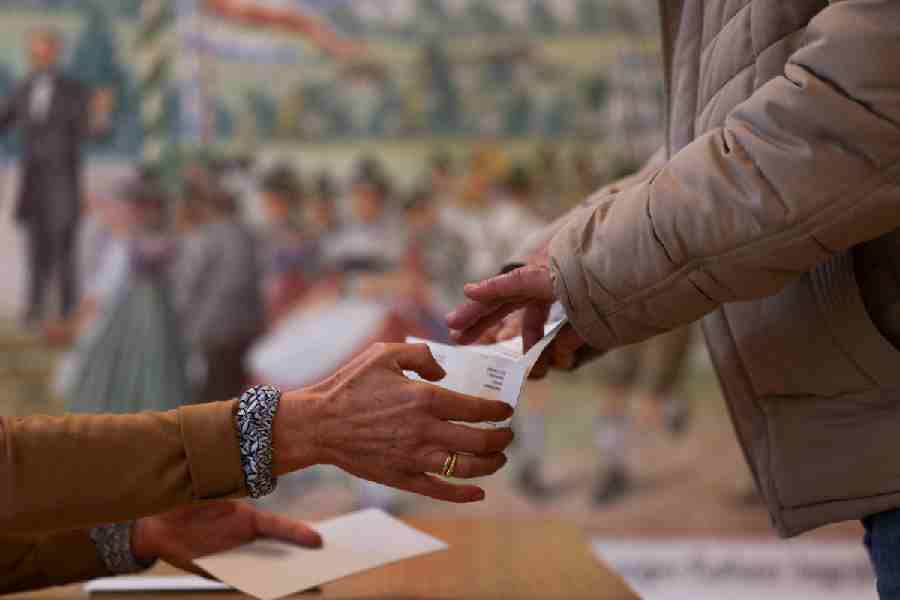When lit, they twinkle like stars, brightening up the whole ambience or resemble a long line of bright flowers, strung together. Described variously as “parallel lights” or “lighting series”, these tiny decorative lights — particularly those coming from China — have made the festival of lights even brighter. But how safe are these lights coming from across the border and also those manufactured in the country?
In fact, what’s prompted me to write on this issue is a tragic incident involving these series of lights that was recounted by a friend. A resident of South Delhi had strung these decorative lights across her balcony fitted with metallic grills. Perhaps there was a leakage of current from a loose wire; the lady got electrocuted when she was putting out some wet clothes to dry on the balcony.
Taking cognizance of the dangers inherent in the use of unsafe decorative lights, several countries have enacted laws and regulations to protect consumers. In Singapore, for example, under the Consumer Protection (Safety Requirements) Registration Scheme, 1997, these lights cannot be sold without the mandatory safety certificate.
The safety certificate ensures that the lights have cord anchorage to prevent the lights’ wires from being pulled out of the control box, thereby exposing consumers to the danger of live wires and the possibility of electric shock or electrocution.
Similarly, it ensures that the wires are fitted in a way that they don’t come out easily from the lamp holder, as exposed wires can cause electrocution or electric shock. The safety mark also ensures that the wires used are thick enough to be safe. And that their total wattage does not exceed the safe limit of 100 watts. In addition, the safety regulations mandate that these lights or their packaging carry the name of the manufacturer, safety instructions and the electrical rating so that consumers are forewarned about the potential danger posed by the decorative lights when used incorrectly.
In India, let alone bringing them under mandatory certification, we don’t even have a safety standard for these lights. Observing the popularity of these lights, the Bureau of Indian Standards (the standards making body in India) has begun the process of formulating one. At least by next Diwali, we must have mandatory safety standards for these lights, so that consumers are protected against unsafe lights.
Meanwhile, we need to exercise utmost caution.


